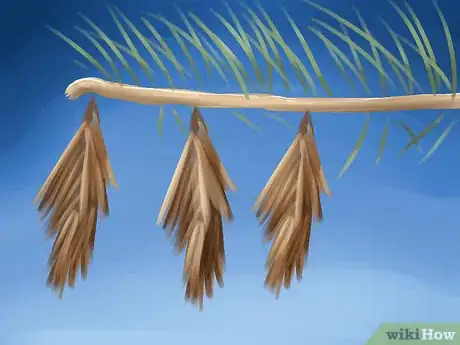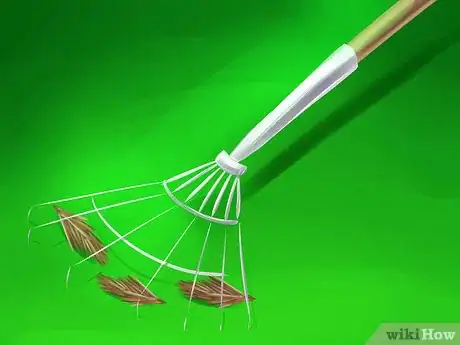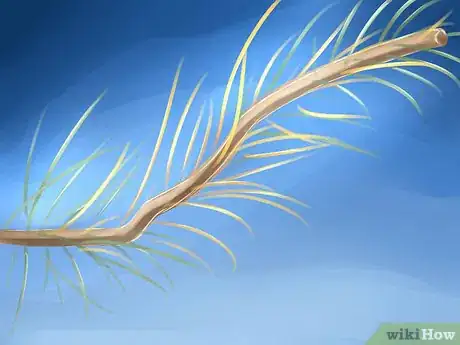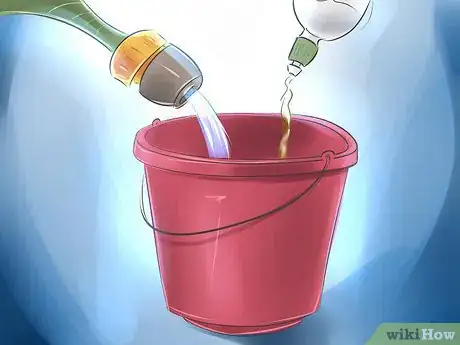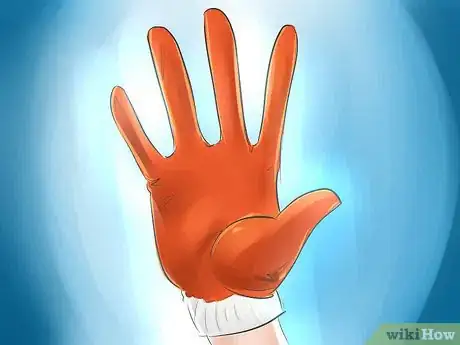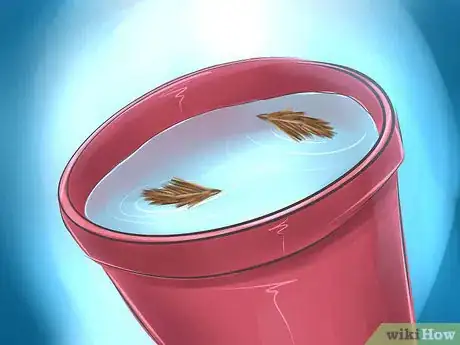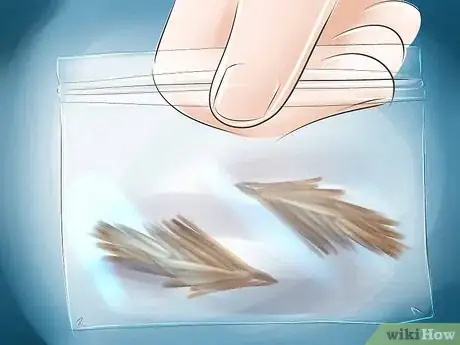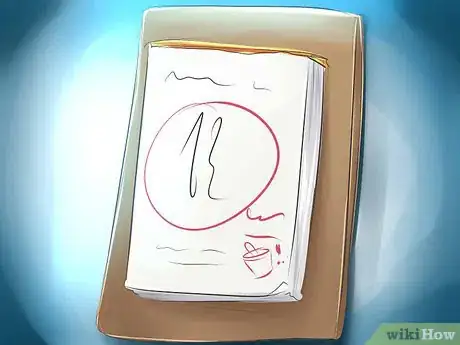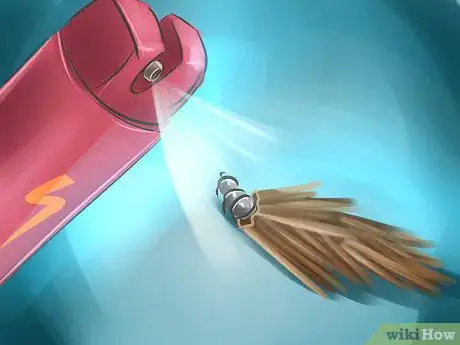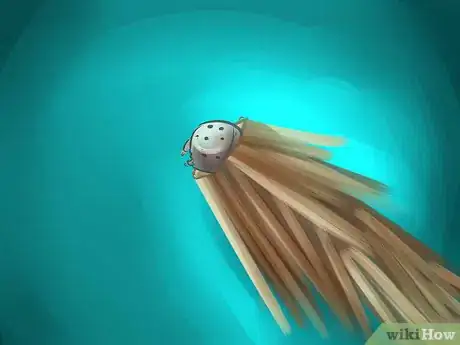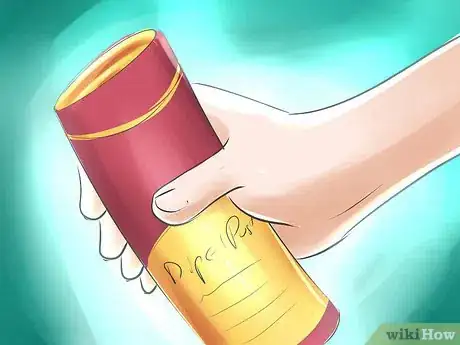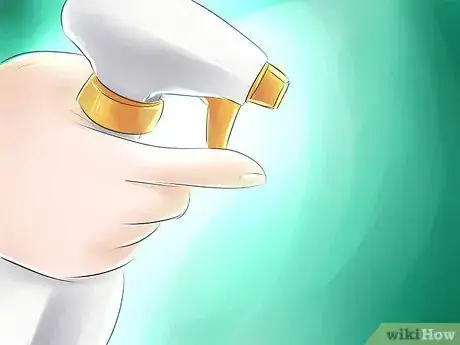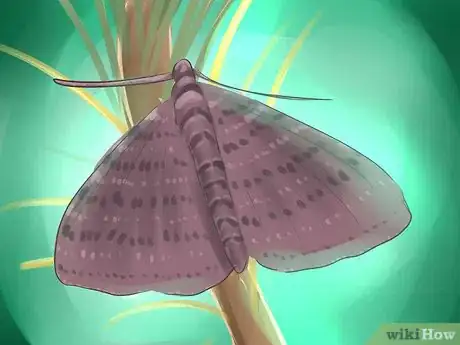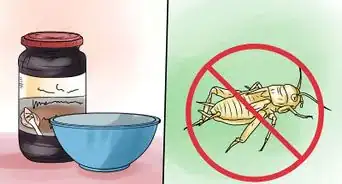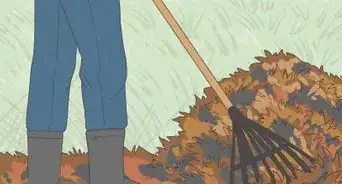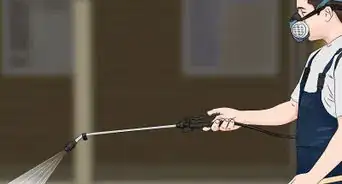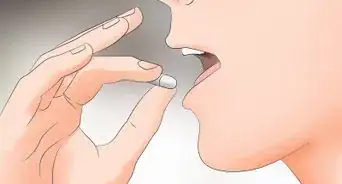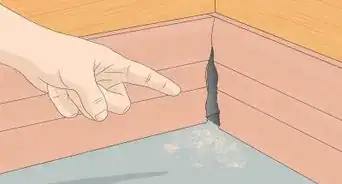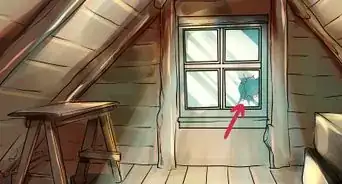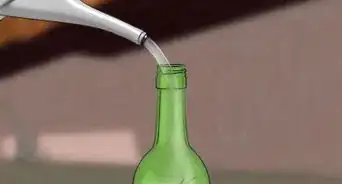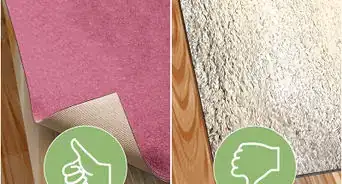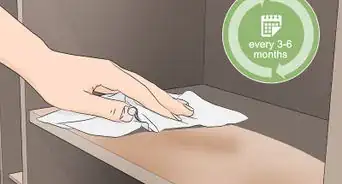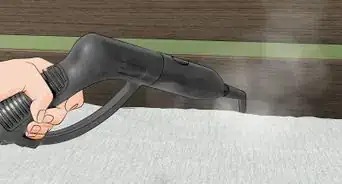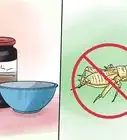wikiHow is a “wiki,” similar to Wikipedia, which means that many of our articles are co-written by multiple authors. To create this article, volunteer authors worked to edit and improve it over time.
There are 8 references cited in this article, which can be found at the bottom of the page.
wikiHow marks an article as reader-approved once it receives enough positive feedback. In this case, 93% of readers who voted found the article helpful, earning it our reader-approved status.
This article has been viewed 462,950 times.
Learn more...
Bagworms are moths that feed on shrubs and trees during their larval stage. They love deciduous trees, coniferous trees, fruit trees and perennial flowers; however, they are only deadly to coniferous trees that don't lose their foliage. The main methods for getting rid of bagworms are by hand and with insecticide during specific stages of their development.
Steps
Observing Bagworms
-
1Begin looking for bagworms during the winter or early spring. Bagworm egg sacks are brown and one and a half to two inches (3.8 to 5 cm) long. They are covered with dead needles, so they appear more noticeable in contrast to the green deciduous needles at this time.[1]
- Bagworm sacks can be very hard to find because they look like pine cones. Look through your pinecones to find variations that may be bagworms.
-
2Sweep and rake under trees regularly to get rid of fallen egg sacks. Don't put the debris in the compost, where the larvae can live. Place them in sealed plastic bags in your trashcan.[2]Advertisement
-
3Notice areas of dead pine needles or branches. If your tree has begun to turn brown, the bagworms might have killed it already. You will want to try a last effort to rid your entire garden of the worms, so that they don't spread to other trees.
-
4Observe new places the bagworms may live. Their silks are transported by the wind. Anywhere the wind blows in your yard is a potential new spot for the moths and a great place to look.
Killing Bagworm Eggs
-
1Fill a plastic bucket with a mixture of warm water and dish soap. Mix it well.
-
2Put on garden gloves and bring a small pair of clippers to aid you in removing the bagworms entirely. Clippers will remove all traces of the bagworm threads, so that it's harder for new bagworms to find their way into the tree.[3]
-
3Lift branches, clip off bagworm egg sacks and drop them into the bucket of soapy water. Make sure they are submerged fully.[4]
-
4Dump the soaked bagworms into a sealed plastic sack and throw them in your dumpster.
-
5Repeat this procedure every fall, winter and early spring to reduce bagworm populations before the eggs hatch. You will reduce the amount of pesticide you need to use if you do a thorough job of handpicking the egg sacks.
Killing Hatched Bagworms
-
1Plan to treat bagworms with insecticide in May. This is when they hatch and are at their most vulnerable. In some areas they hatch in early June.[5]
-
2Look for a small, worm-like head poking out of the top of the sack. However, they often get spooked back into their sack if they are startled.[6]
-
3Purchase an insecticide such as Dipel or Thuricide. They contain bacillus thuringiensis, a bacteria that is deadly to young bagworms. If you have many trees affected by bagworms, it can be expensive to thoroughly kill the bagworms with insecticide.[7]
- Orthene, Talstar and Tempo are other insecticides that have been effective in killing newly-hatched bagworms.[8]
-
4Put the insecticide in a sprayer. Thoroughly wet the leaves and needles of the trees that can be affected. Beware when spraying insecticide around pets and small children.[9]
- Consider cordoning off the area just after you spray.
-
5Spray insecticide in late May, June and early July. This is when it can kill young larvae. Stop by late July and August when the bagworms are resilient and the insecticide no longer works.[10]
- Once September and early October begin, the adult bagworms begin fertilizing their eggs. You should begin the process of handpicking the egg sacks at this time.
- Adult male bagworms are moths with black wings and brown spots. They die after fertilization. Female bagworms remain inside the sack in their larval state.
Community Q&A
-
QuestionDo they die during the winter?
 Community AnswerThey lay down hundreds of eggs in their bags before they die in winter. These eggs start hatching in summer.
Community AnswerThey lay down hundreds of eggs in their bags before they die in winter. These eggs start hatching in summer. -
QuestionWill they kill a tree?
 Community AnswerYes. I lost a few of my trees because of them. They eat the leaves/needles until there is nothing left.
Community AnswerYes. I lost a few of my trees because of them. They eat the leaves/needles until there is nothing left. -
QuestionIf I have picked of 80 bags of works from an evergreen bush, will that help get rid of them if there are still more?
 Community AnswerIt definitely will slow the process.
Community AnswerIt definitely will slow the process.
Things You'll Need
- Plastic bucket
- Water
- Dish soap
- Gardening gloves
- Clippers
- Insecticide
- Plastic bags
- Rake
References
- ↑ https://hortnews.extension.iastate.edu/2010/4-14/bagworm.html
- ↑ https://wtop.com/news/2013/08/how-to-get-rid-of-evergreen-eating-bagworms/
- ↑ http://www.weekendgardener.net/blog/2012/02/organic-control-of-bagworms.htm
- ↑ http://www.missouribotanicalgarden.org/gardens-gardening/your-garden/help-for-the-home-gardener/advice-tips-resources/pests-and-problems/insects/caterpillars/bagworms.aspx
- ↑ http://www.gardeningknowhow.com/plant-problems/pests/treatment-bagworms.htm
- ↑ https://www.bobvila.com/articles/how-to-get-rid-of-bagworms/
- ↑ http://lancaster.unl.edu/hort/bagworms.shtml
- ↑ http://www.domyownpestcontrol.com/bagworm-control-a-425.html
- ↑ https://www.bobvila.com/articles/how-to-get-rid-of-bagworms/
About This Article
To get rid of bagworms, start by mixing warm water and dish soap in a bucket. Then, inspect the branches on your infested tree and use clippers to cut off any egg sacks you find so they fall into the soapy water. Once you've clipped off all of the egg sacks, transfer them from the water to a sealable plastic bag and throw them in the trash. If you encounter any hatched bagworms, spray them with an insecticide spray to get rid of them. To learn how to recognize a bagworm infestation, keep reading!
